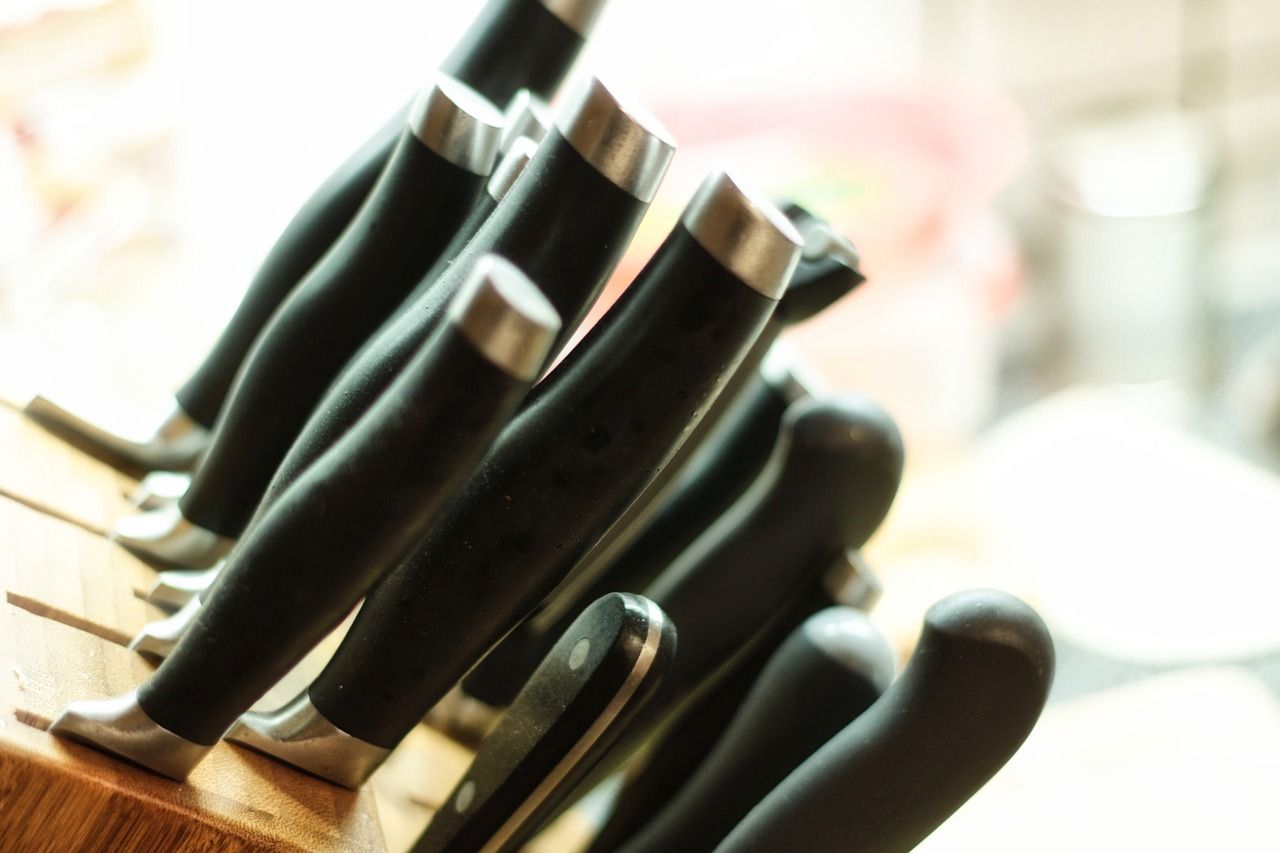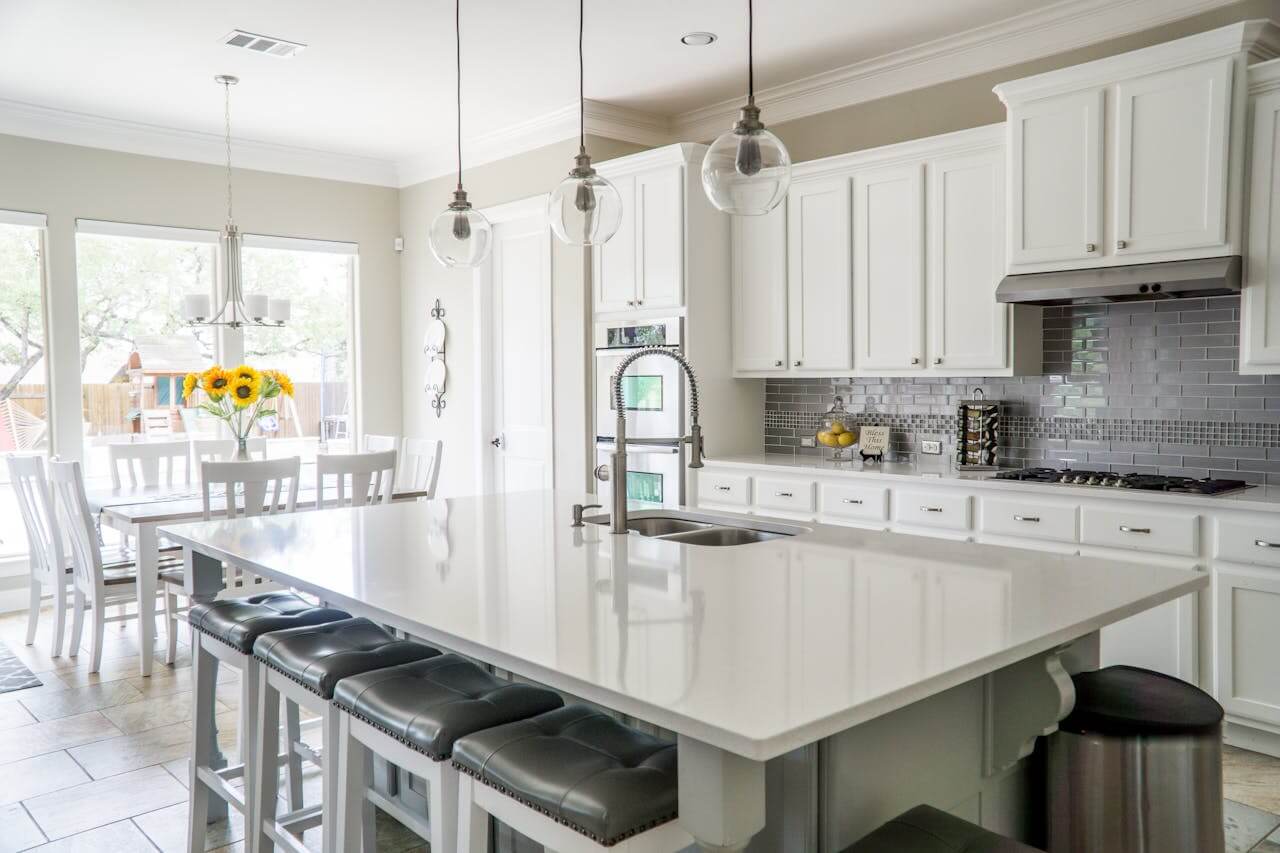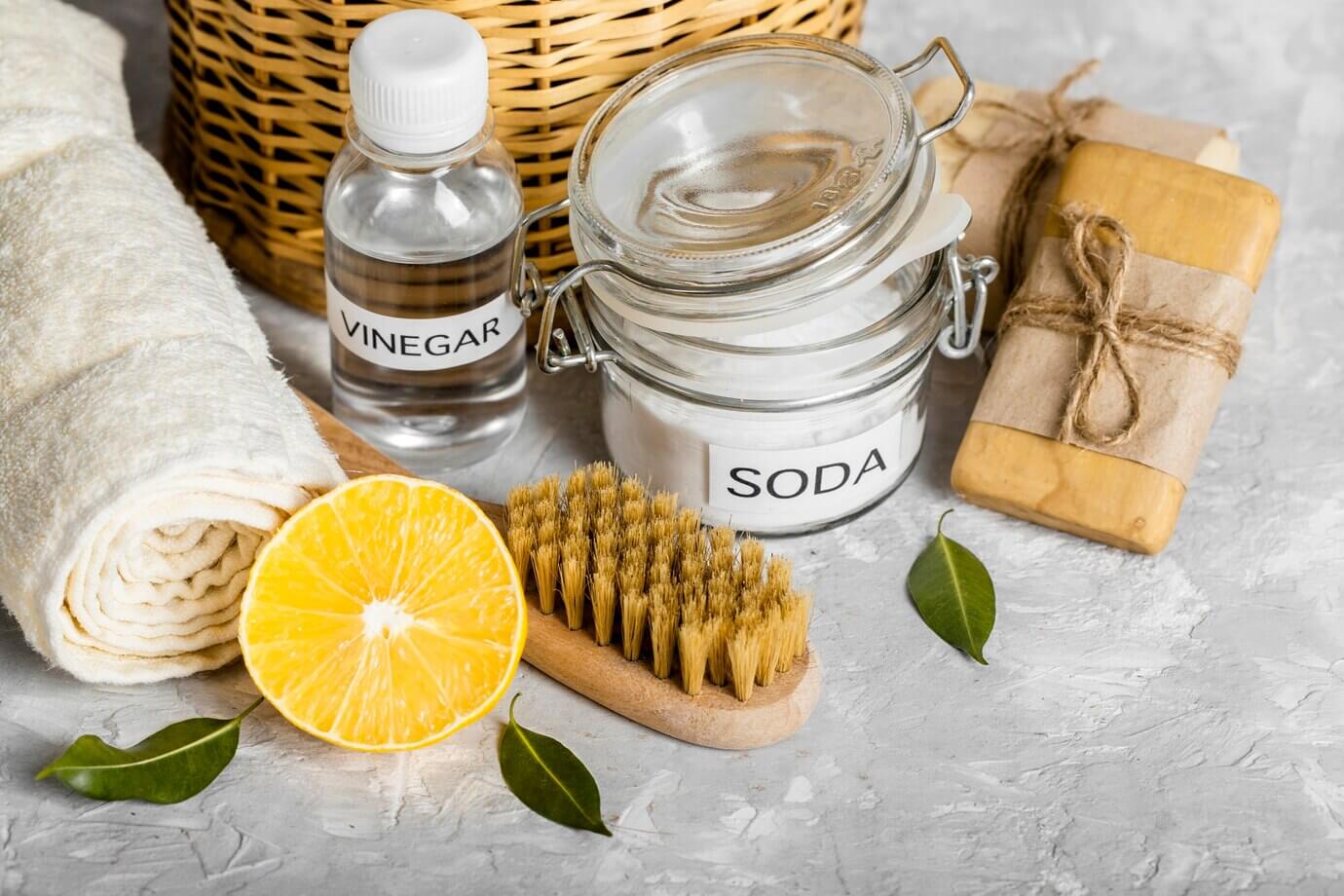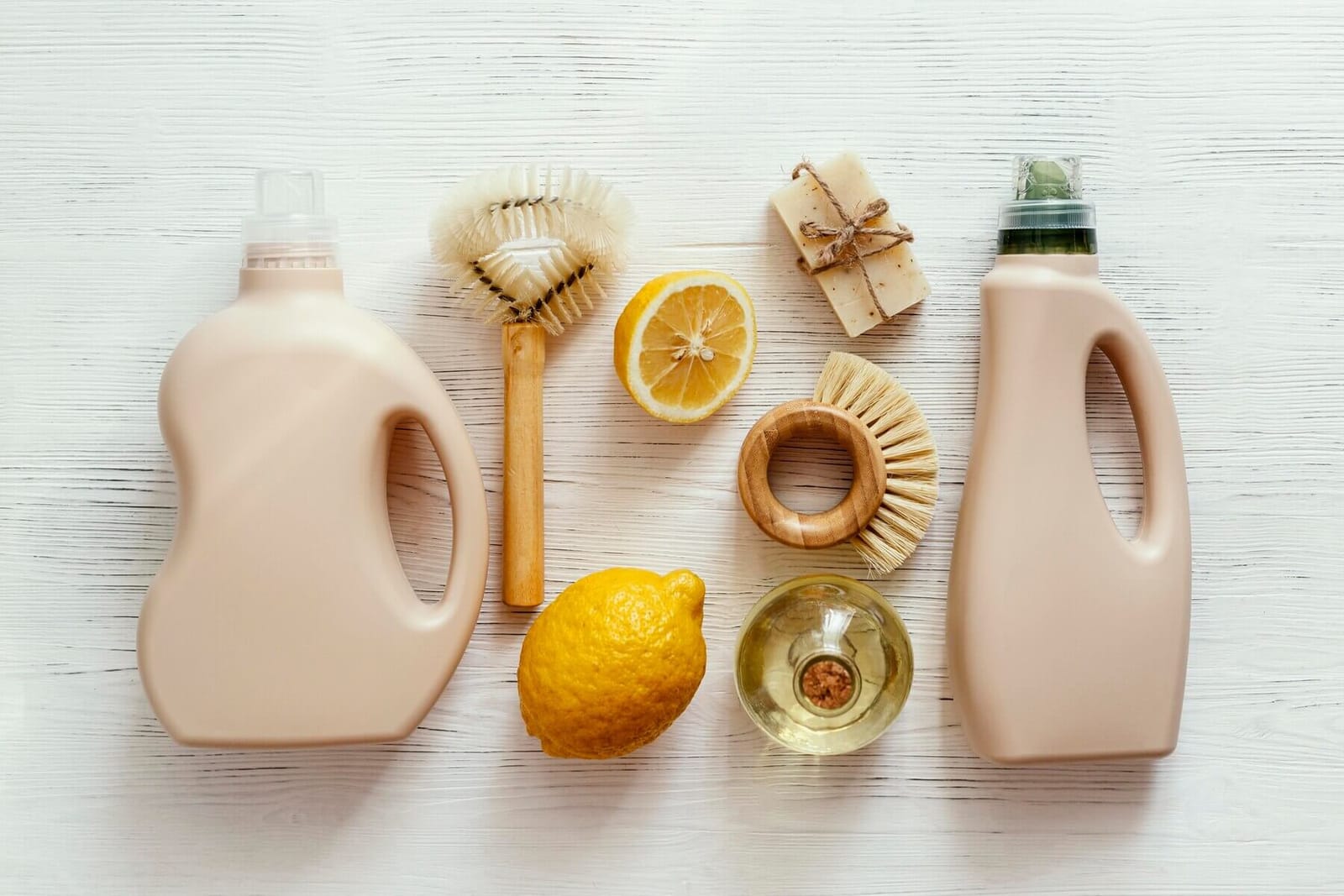A good knife set is a cornerstone of any kitchen, but it doesn't have to break the bank. With a plethora of options available in the market, finding a budget-friendly knife set that doesn't compromise on quality can seem like a daunting task.
However, with a little knowledge and understanding, you can find a set that offers excellent value for money and suits your cooking needs perfectly.
In this micro-post, we delve into the world of budget-friendly knife sets, exploring how to maximize quality and value. We'll discuss the essential knives every cook needs, the importance of materials in determining the quality of a knife set, and how to ensure your chosen set lasts for years.
In This Article
- Understanding Your Needs
- Impact of Knife Construction on Budget
- How Many Knives Do You Really Need?
- Ensuring Your Knife Set Lasts
- Frequently Asked Questions
- Conclusion
- Further Reading
Understanding Your Needs
When it comes to choosing budget-friendly knife sets, understanding your needs is the first step. The type of cooking you do, the frequency, and your skill level all play a role in determining the kind of knife set that will serve you best.
For instance, if you're a minimalist cook who prepares simple meals, a basic set with a chef's knife, a paring knife, and a bread knife might be all you need.
On the other hand, if you're an advanced home cook who enjoys experimenting with different cuisines, you might need a more comprehensive set that includes a Santoku knife, a boning knife, or a cleaver.
Impact of Knife Construction on Budget
The construction of a knife can significantly impact its price. Forged knives, made from a single piece of steel that's heated and hammered into shape, are typically more expensive due to their durability and balance. However, they might be worth the investment if you want long-lasting quality.
On the other hand, stamped knives, which are cut from a sheet of steel, are more affordable and can still offer good performance, especially when well-maintained.
How Many Knives Do You Really Need?
While it might be tempting to buy a large knife set, especially when you're on a budget, and the set seems to offer great value, it's essential to consider how many knives you really need. The truth is the number of knives you need depends on your cooking habits, culinary skills, and the types of meals you typically prepare.
Most culinary experts agree that there are three knives that everyone should have in their kitchen: a chef's knife, paring knife, and a serrated bread knife. Here's why:
- Chef's Knife: This is the workhorse of the kitchen. It's versatile enough to chop vegetables, mince herbs, and slice meat. A good chef's knife has a broad, tapered shape and a fine sharp edge. Its blade ranges from 6 to 12 inches long, typically 8 inches for home cooks.
- Serrated Bread Knife: As the name suggests, this knife is perfect for cutting bread without squashing it. But it's also excellent for slicing delicate items like tomatoes or soft fruits and vegetables. The serrated edge can grip and penetrate the surface while the sawing motion cuts through without damaging the soft interior.
- Paring Knife: This small knife is perfect for precision tasks like peeling, trimming, and creating garnishes. Its small size gives you better control when making delicate cuts.
These knives can handle a wide range of tasks, from chopping vegetables and slicing meat to peeling fruits and cutting bread. Investing in a few high-quality knives can often be a more budget-friendly choice than buying a large set of lower-quality knives.
Remember, it's not about the number of knives you have but the quality and versatility of your collection. A few well-chosen, well-maintained knives can cover all your cooking needs.
Ensuring Your Knife Set Lasts
Even budget-friendly knife sets can last a long time if properly cared for. The longevity of your knife set largely depends on how you use, clean, and store them.
Here are some tips to ensure your knife set stands the test of time:
- Regular Honing: Regular honing is crucial to keep your knives sharp. Contrary to popular belief, honing doesn't actually sharpen your knife; instead, it realigns the edge of the blade to maintain its sharpness. It's recommended to hone your knife before or after each use.
- Proper Cleaning: Proper cleaning is essential to prevent your knives from rusting and corroding. Avoid using the dishwasher, as the high heat and harsh detergents can damage the knife's blade and handle. Instead, wash your knives by hand with warm water and mild soap, and dry them immediately to prevent water spots and rusting.
- Proper Storage: How you store your knives also significantly affects their lifespan. Storing knives loosely in a drawer can cause them to dull faster and can also be a safety hazard. Instead, store your knives in a knife block or on a magnetic strip. This not only protects the blades but also keeps them easily accessible.
- Avoid Misuse: Knives are designed for cutting, not for prying, hammering, or using as a screwdriver. Misusing your knife can lead to a damaged blade or a broken tip. Always use your knives for their intended purpose.
- Handle with Care: While it may seem obvious, it's worth mentioning that careful handling can significantly extend the life of your knives. Avoid dropping your knives, as this can damage the blade and the handle.
Frequently Asked Questions
How much should you spend on a knife set?
The amount you should spend on a knife set will depend on your budget and cooking needs. While high-quality knife sets can be costly, many affordable options offer good performance. Investing in a few high-quality knives is often better than a large set of lower-quality ones.
What are the three knives that everyone should have?
Most culinary experts agree that a chef's knife, a serrated bread knife, and a paring knife are the three essential knives that everyone should have. These knives can handle a wide range of tasks and are a good starting point for any kitchen.
Is there a difference between cheap and expensive knives?
Yes, there can be significant differences between cheap and expensive knives. Expensive knives often have better construction, use higher-quality materials, and perform better. However, many affordable knives offer good performance, especially when well-maintained.
What is the best knife set that won't break the bank?
The best budget-friendly knife set depends on your specific needs and preferences. However, brands like Victorinox and Mercer Culinary often offer good quality at a reasonable price.
Conclusion
Choosing a budget-friendly knife set doesn't mean you have to compromise on quality or functionality. With careful consideration and a little knowledge, you can find a set that offers excellent value for money and suits your cooking needs perfectly.
Remember, the key is to focus on the essential knives - a chef's knife, a serrated bread knife, and a paring knife - and ensure they are of good quality.
Proper care and maintenance can extend the lifespan of your knives, making your budget-friendly choice an even smarter investment.
And, understanding the importance of the materials used in your knife set can help you make an informed decision that you'll be satisfied with for years to come.
Further Reading
- Maintaining Your Knife Set: Longevity Tips: Dive deeper into the world of knife care and learn how to extend the lifespan of your budget-friendly knife set. This guide provides you with practical tips on maintenance, cleaning, and sharpening.
- Budget-Friendly Knife Sets: The Material Matters: Explore the importance of material selection in knife sets. Understand the pros and cons of different materials and how they impact the performance and longevity of your knives.
- Looking to maintain your knives like a pro? Dive into 'What to Keep in a Knife Maintenance Tool Kit' by KPL for expert guidance.
- If you're looking for a new knife set and want to ensure you're getting the best value for your money, check out our article on the best knife set under $100.



